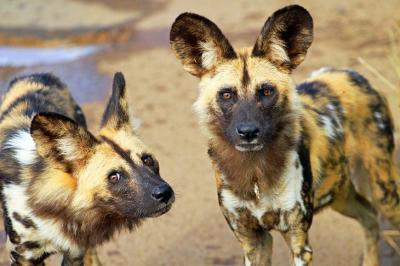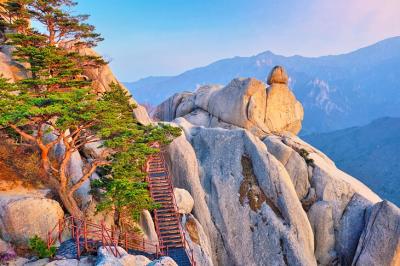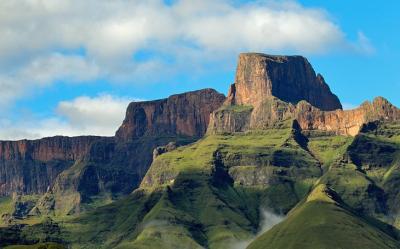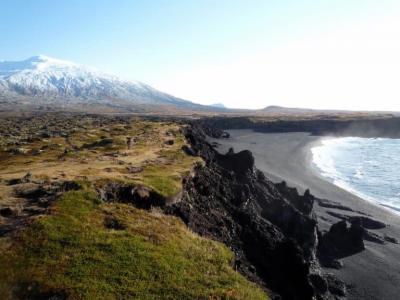16 Results in category Wildlife Conservation tours and volonteering
Over 10,000 wild life species have gone extinct over the years and over 27,000 are faced with the threat of extinction if proper action is not taken to prevent it. It is therefore upon humanity to protect the remaining from following the same route. Wildlife conservation involves protecting various animal species and their habitats to prevent them from going extinct. Major threats to wildlife include habitat destruction like deforestation, overexploitation, poaching, hunting, pollution and climate change.
The following are the four main types of conservation. They all play a major role in protecting the ecosystem.
- Environmental Conservation
This is using the environment sustainably without ruining the resources. This ensures continued support from the environmental resources. Naturally, environmental conservation comes in many different forms. Environmental conservation ranges from recycling waste, to cleaning the beaches of plastic use control, to replanting trees and removing invasive species and educating the locals to ensure conservation becomes a way of life,
- Animal conservation
Animal conservation is the protection of endangered animal species, along with their habitats. Across the world there are animal conservationists working to identify species that are in need of help and protecting them, which often involves keeping animals in captivity until they have a safe place to live in the wild. It mainly involves protection from poachers and confining the animals to keep them safe.
- Marine Conservation
Oceanic ecosystems and marine life also require to be protected from extinction. Marine conservation involves protecting these species through reducing human activities like fishing, whaling and water pollution in their habitats.
- Human Conservation
People too are in danger mostly from themselves. Certain procedures need to be put in place to keep them alive. We can also improve the world we live in through educating more people of the dangers of climate change and teach them eco-friendlier methods to apply.
Are you short on time but want to see Africa's Big 5? Pilanesberg National Park is home to prolific wildlife and a dazzling diversity of birds about 2.5 hours away from Johannesburg and Pretoria.
Like the Yosemite of Korea, this majestic natural wonderland (Korea's first national park) has mountains, lakes, waterfalls, streams, and miles of hiking trails that allow you to explore them.
Founded in 1914, Swiss National Park in the Engadine Valley is the oldest reserve in the Alps. The park sits right on the border with Italy and encompasses more than 170 square kilometers
The spectacular Drakensberg, meaning "Dragon Mountains," is one of the top places to visit in KwaZulu-Natal and a popular vacation destination for South Africans. It's also home to the country's highest peaks.
At the southern end of Argentina, Patagonia is famous for its spectacular landscapes: a dramatic mix of the Andes and long stretches of plains and plateaus. Most adventures here start in Ushuaia, the world's southernmost city.
Snæfellsjökull National Park sits on the Snæfellsnes Peninsula and is best known for its signature glacier called Snæfellsjökull.






